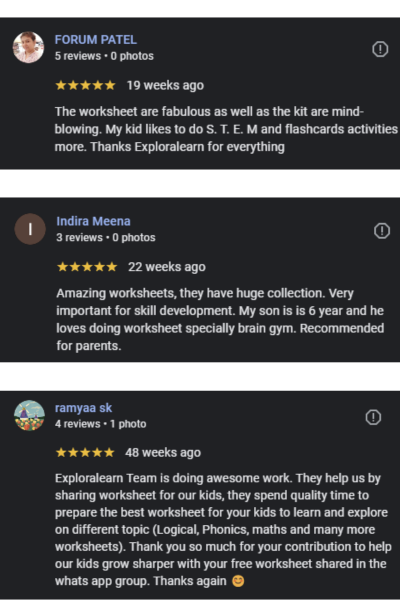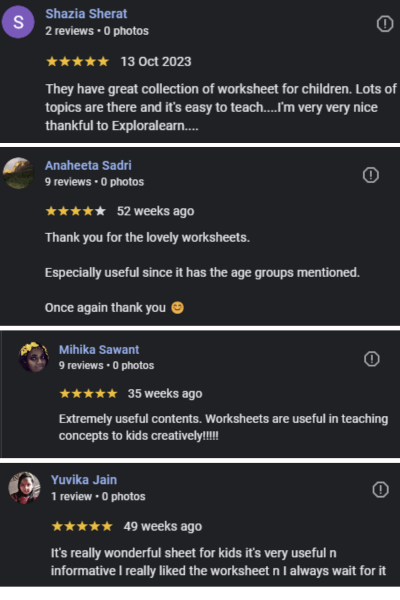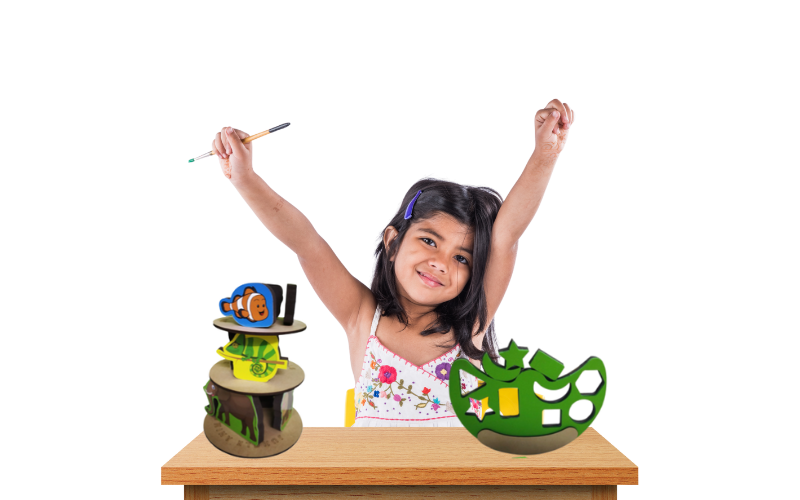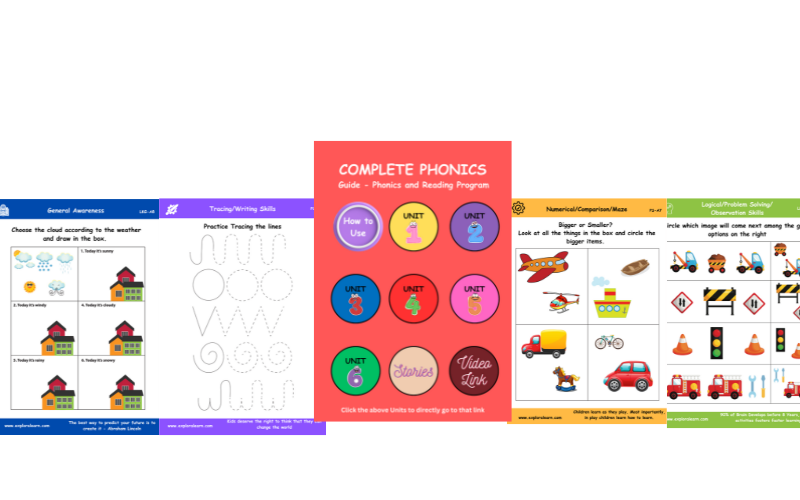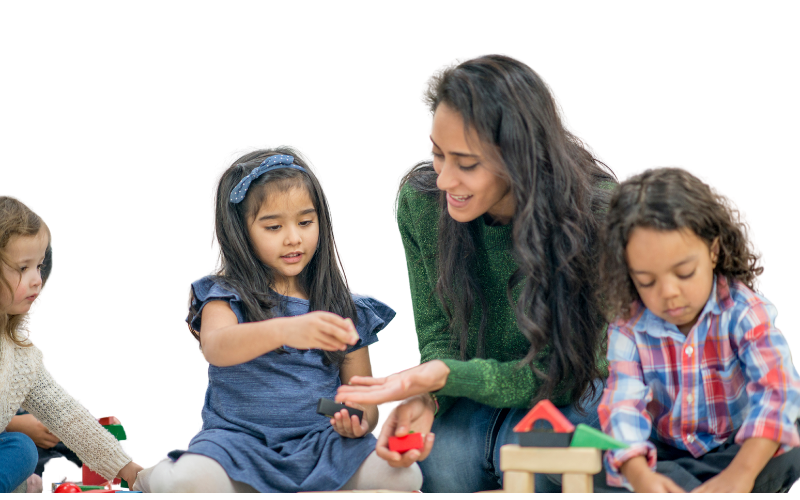Spark Creativity with Hands-On Learning!
![]() Delivered @ home
Delivered @ home

![]() Trusted School Partner
Trusted School Partner





 +595 REVIEWS
+595 REVIEWS







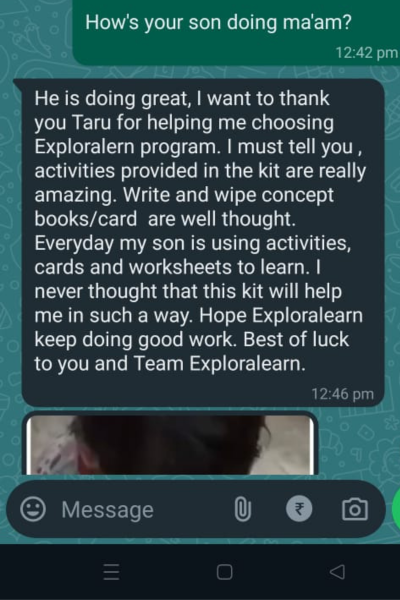

"I was hesitant initially, but after seeing the incredible improvement in my child’s focus and confidence, I realized it’s worth every penny. It’s not just a program—it’s an investment in my child’s future, and I couldn’t be happier."
“As a working mom juggling a full schedule, I worried I wouldn’t have time for this program. But it’s so well-designed—just 5 minutes a day! The structure and simplicity make it manageable, and my child’s growth in skills and confidence has been amazing.”
“My child used to struggle in interacting at school, and I was worried they’d fall behind compared to other kids. This program turned things around in weeks! Their academic skills, and self-confidence have improved considerably, ”
This program’s daily guide is a great. As a parent, I always felt lost trying to find the right activities. Now, I have a step-by-step plan that’s easy to follow, and my child looks forward to learning every single day.

